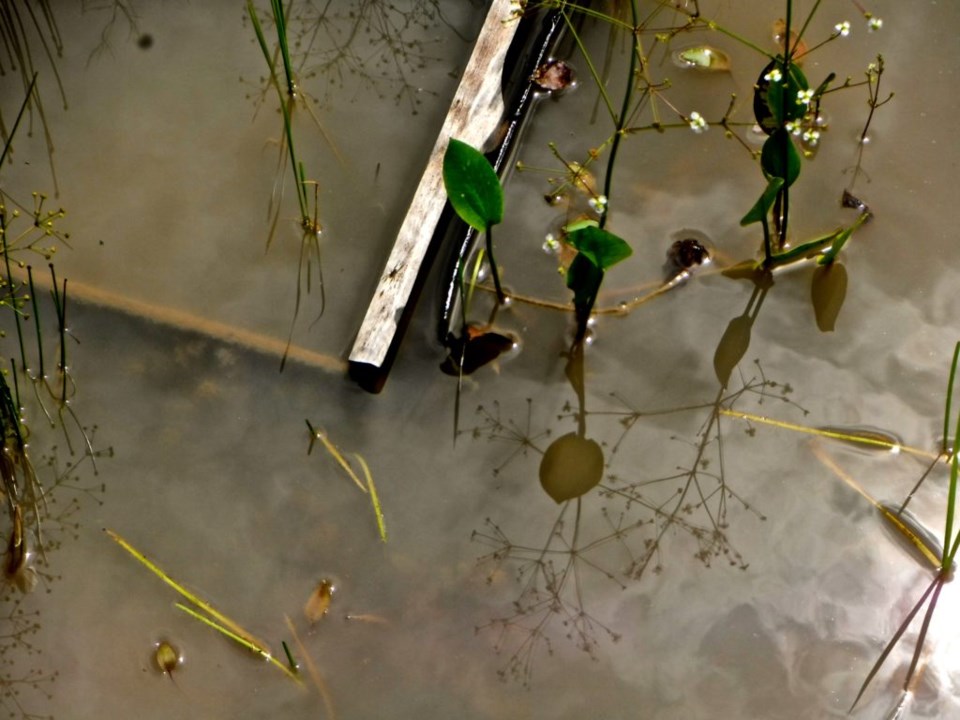
Let’s take a hard right turn into the future. Whether this is the near future or not, is your call. Put on your Netflix goggles, as I paint a picture of nature’s place in a dystopian world, let’s even say here in Niagara.
I’ve always wondered how the concept of nature would be psychologically perceived, and how we would compartmentalize it, once we’ve pushed our relationship with it to an absolute breaking point.
If the following story were to hypothetically take place, the underlying condition would be that most of the ecosystems and their functions would have already been removed. Scarily enough, this is the current trend in reality for net forest, wetland, and other natural habitat losses across the globe and here in Niagara. Buckle up. You’re cruising into a new town.
I’m imagining these massive public nature centres, where each municipality is obliged to have one, by law. These buildings are enormous, maybe the size of a WalMart. When a visitor walks through the doors, they are stepping into a past world. A climate-controlled, realistic atmosphere set according to that region’s historical conditions prior to human influence. The interior climate also adapts with the historical season swings and the weather associated with it, so there is biological life in the building. It’s a bio-dome.
Small native plants and animals would grow and hop along the floor, and even scurry across the trails at visitors’ feet while they look at information signs. At this point, any creatures deemed dangerous by society are likely extinct. Now, they live on as flashing images and videos on screens, which are mounted on the walls of the nature centre. It’s like watching an athlete’s highlight reel, this impressive living thing doing what it once did best. Descriptions of how these big cats, bears, and ferocious canines once ruled the woods would be available for your reading pleasure. You would learn how they once governed an entire society free of people, and they did so very responsibly.
At this point, will the general public’s reaction be “Whoa, cool!” or, “Whoa, that’s really unfortunate?”
When you leave the nature centre and hop back in the car, you slowly cruise back out of town. You notice that most front yards are bleak, bare, decluttered. Others are lush and almost over-grown. You can bet these green folks are getting a nice tax break for all of that messy looking shrubbery in their front yard. Those who go the extra mile to re-wild their private properties may even get some direct financial incentive. That’s because it’s in the best interest of the government, and our lungs to keep our air clean and keep biodiversity alive.
Property owners collect points as a sort of credit, and the credits start to rack up when you plant rare species, or cloak the rooftop with pollinator-friendly flowers. If a certain bird species is recorded nesting in your planted trees, you may earn some points for giving back to the decimated ecosystem that once was.
Now it’s time to visit the green square on the outskirts, as you cruise back out of town.
The concept and image of ecotourism has been perverted at this point. Small remnant areas of original forests and other natural environments have become squares of protected space.
Tourists flock to this little green square. Not many towns have these anymore.
There’s a waterfall and some big old oak trees tucked in there somewhere. Upon arrival at the place, your guide directs you to find a spot at the base of the waterfall — it’ll make for the ultimate souvenir photo. You walk up to the base of the falls, bumping shoulders and exchanging “excuse me’s” along the way. You turn around to face the camera, and smile. Click! You and 200 other people really enjoyed that moment together. You walk away with the photo.
But what did we learn?